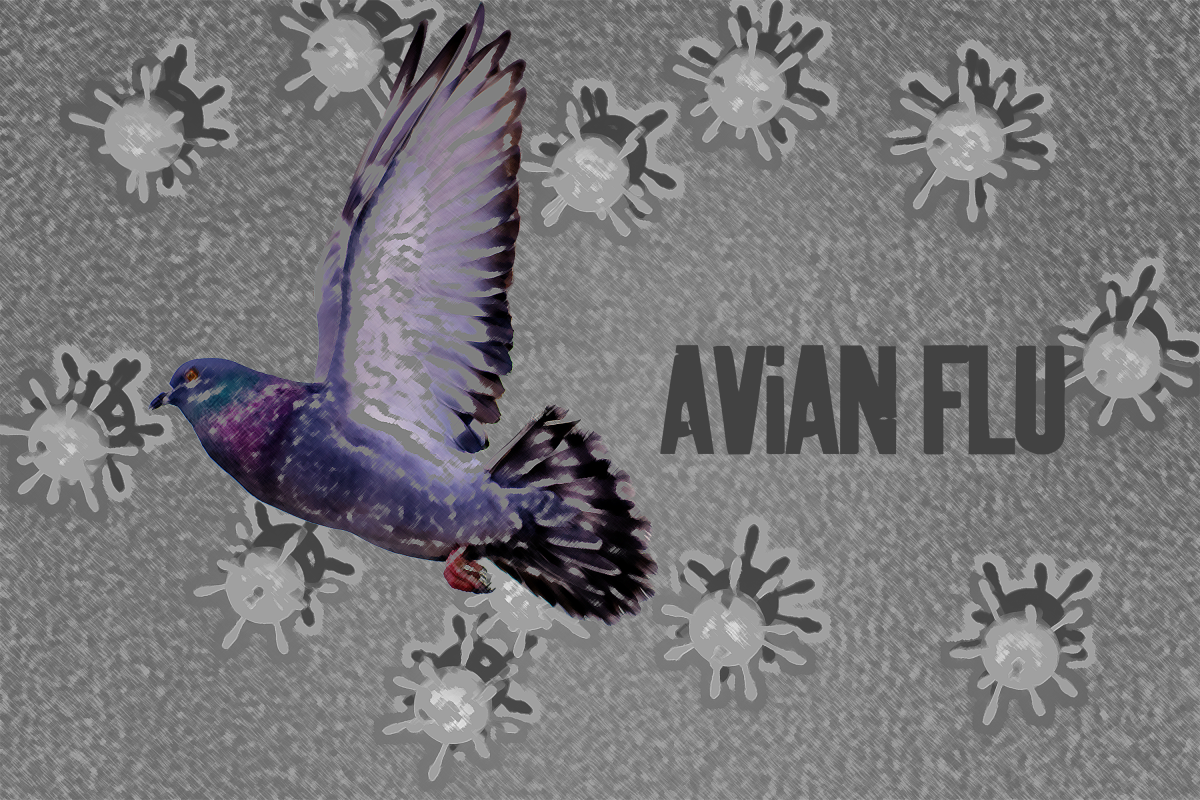Texas A&M aerospace engineers are developing new technology for space debris removal in a joint project with NASA. The project has been in progress since last year to develop and test methods of autonomous debris removal.
Kurt Cavalieri, aerospace engineering doctoral student, is part of the team of aerospace engineering graduate students working on the project. He said currently all testing is ground based to produce sensor and control algorithms to allow for space debris removal autonomously.
We are developing and testing in our lab different sensing techniques and approach maneuvers to allow a capture spacecraft to autonomously dock with and de-orbit larger debris, Cavalieri said. Specifically, we are targeting spent rocket boosters that were used to put other spacecraft into orbit.
The project is being developed at the Land Air and Space Robotics Lab located at Eastwood Airport.
Cavalieri said space debris has always been an issue but was ignored until two satellites collided a few years ago. He said without a solution, the amount of debris continues to grow.
If something isn’t done soon, the amount of debris will continue to grow exponentially with every collision, Cavalieri said. Debris can be the size of a paperclip to the size of a pick-up truck and it all poses a threat to current and future space missions because it travels at such a high velocity.
Space debris occurs primarily from launches, satellites and satellite collisions. It threatens the international space station and communication satellites used for TV, Internet, cellphones and GPS.
John Hurtado, associate professor in aerospace engineering, said the means for this project have been developed over several years of work in the lab. He said many problems stem from space debris and will continue to increase unless a solution is perfected.
Our laboratory specializes in design and rapid prototyping of robots and robotic concepts for space applications, Hurtado said. Space debris poses a problem for space missions because spacecraft must travel through the cluttered environment. A collision between orbiting debris creates more debris, which increases the probability of subsequent collisions.
Junior aerospace engineering major Hunter Ritter said the technology is an effective means to reduce problems in space and he hopes it continues to advance.
With this project theyre using different sensing techniques to calculate how much debris and where its going to be able to pick it up, Ritter said. As of right now theres a lot of debris in the air and the atmosphere. If a satellite piece breaks off or any other debris, it orbits around the Earth causing a lot of problems.
Cavalieri said while the project involves a new concept that makes it more challenging, it is crucial for a breakthrough in reducing space debris.
What’s important is that we’re able to learn a lot about what works, and more importantly, what doesn’t work, Cavalieri said. Over the last year we’ve been able to develop a few prototype demonstrations to show the difficulties associated with autonomous debris removal. This project puts A&M in a great position to play a pivotal role in debris removal.
Ground testing will begin October 1st at NASA Johnson Space Center in Houston.
Texas A&M students work with NASA to clean space of satellite debris
September 2, 2012
0
Donate to The Battalion
$810
$3500
Contributed
Our Goal
Your donation will support the student journalists of Texas A&M University - College Station. Your contribution will allow us to purchase equipment and cover our annual website hosting costs, in addition to paying freelance staffers for their work, travel costs for coverage and more!
More to Discover









